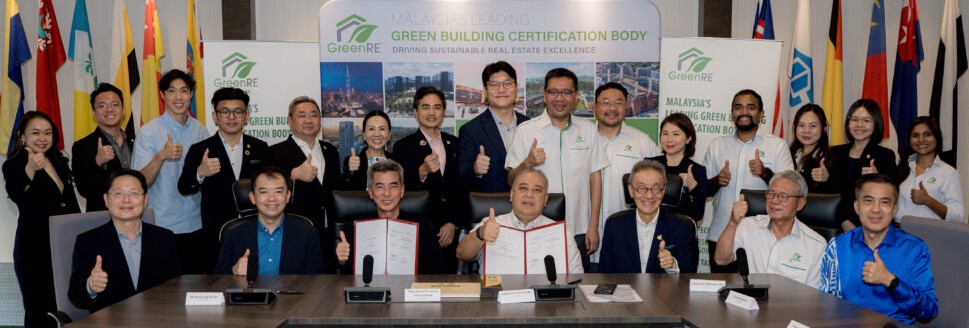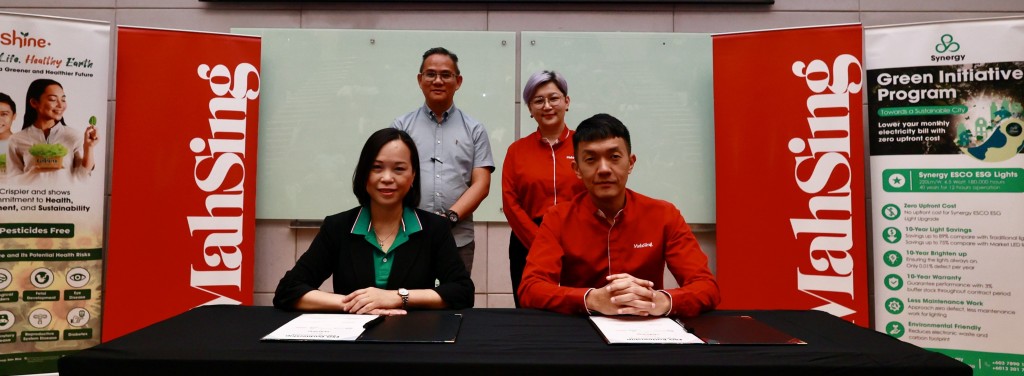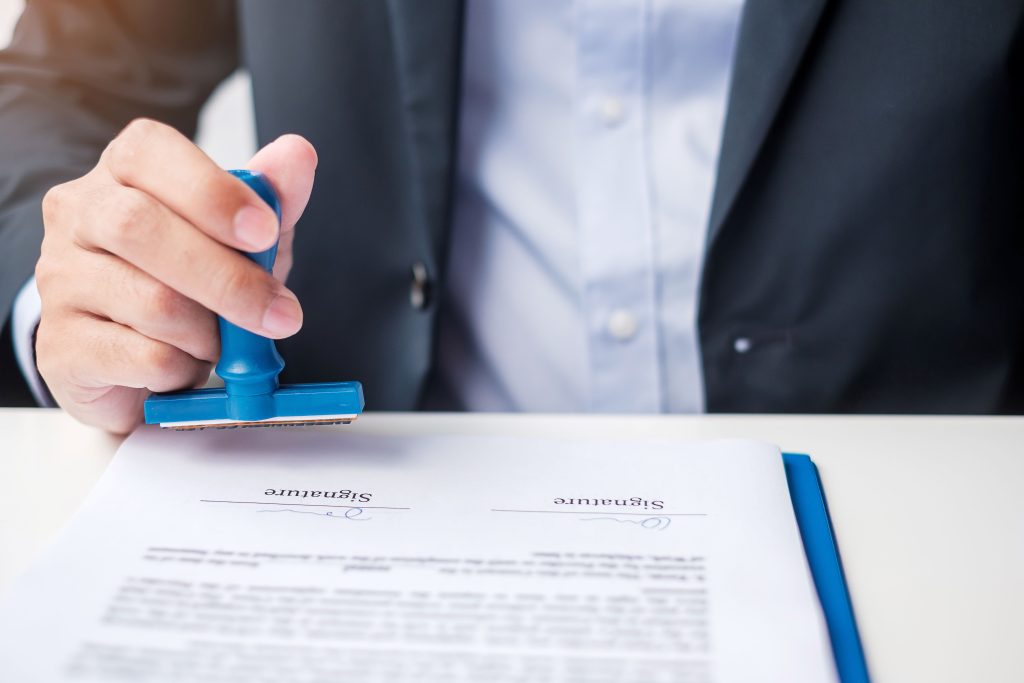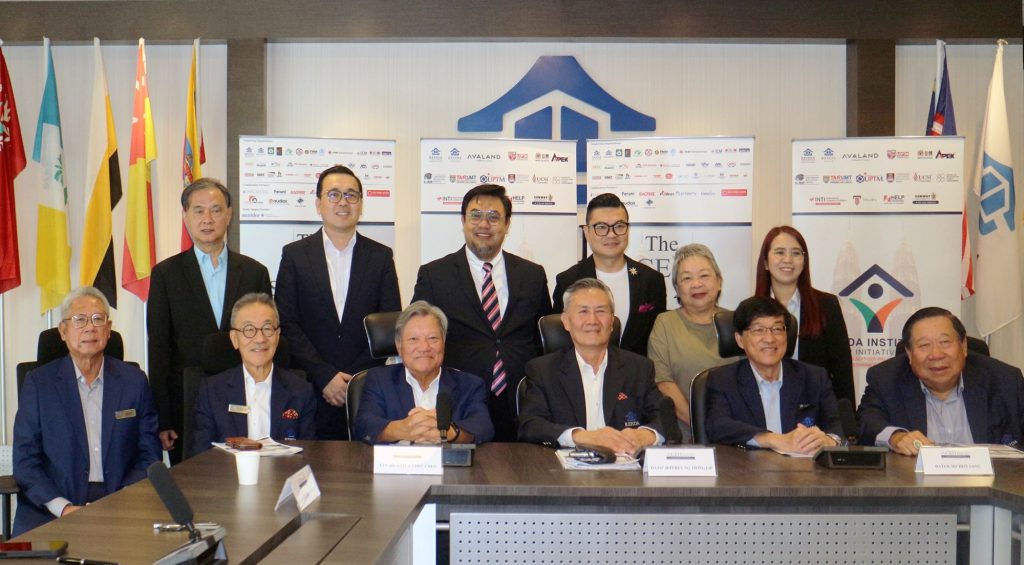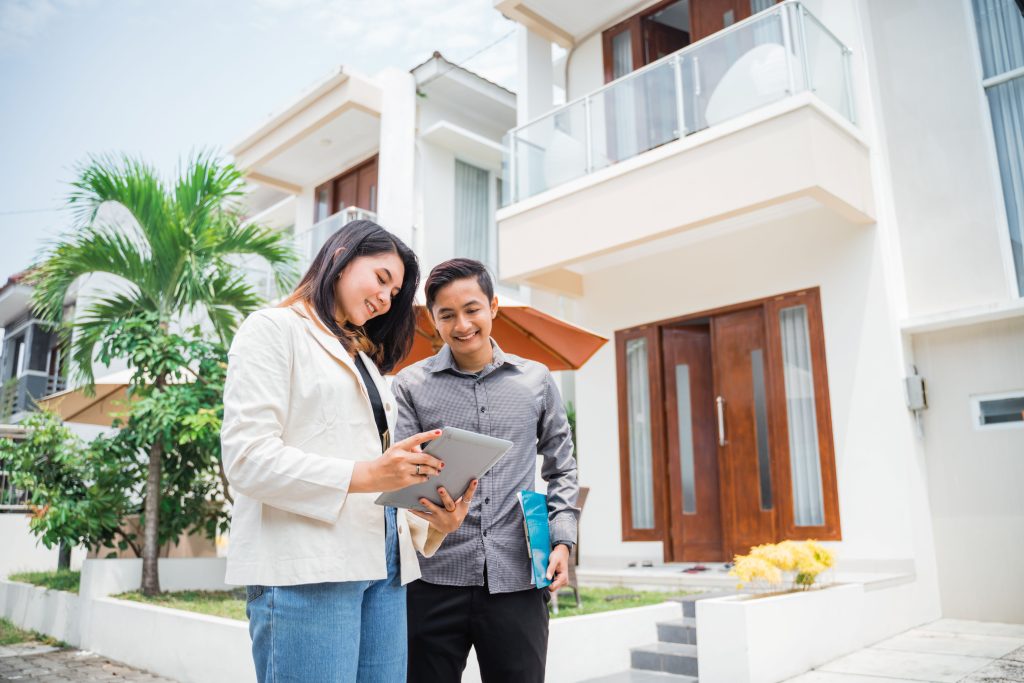
The first GBI Platinum office building in Malaysia, ST Diamond, which is also a Green Mark Platinum certified building incurs a very low maintenance and operational cost.
Green buildings are the cheapest to operate in the long run
By Yip Wai Fong
While the construction of green buildings is on the rise as the agenda of net zero has gained traction in business and public policies, widespread adoption is still hindered by misconception. They are perceived to be expensive to build and maintain, in part because the Malaysian building sector still is relatively young with limited awareness, expertise and government incentives geared towards sustainability practices, design efficiencies and green construction materials. Moreover, the focus is most often on minimising the construction cost, instead of minimising the lifecycle cost of construction.
While the know-how, construction materials and building systems required for a green building amount to a green cost of between 1.1% and 6.1% according to the Green Building Index (GBI), many however, do not realise that the return on investment of a green building can be as quick as a year.
“Green buildings are incorrectly perceived to be expensive when they really are the cheaper choice,” said IEN Consultants managing director Gregers Reimann, at the 31st National Real Estate Convention 2024, adding that there are strong examples of local green buildings achieving a return on investment between one and three years just from energy efficiency and started generating significant savings thereafter.
An award-winning environmental sustainable design consultancy, IEN Consultants has 24 years of experience in building sustainable projects for both the public and private sectors in Malaysia. It was the consultant of the Malaysia Energy Commission Diamond Building (ST Diamond) at Putrajaya, Malaysia’s first GBI platinum rating office building, in addition to having obtained Singapore’s Green Mark Platinum.
Completed in 2010, the 150,000 sq ft office with nine floors presented the clearest example of savings from energy efficiency and sustainable design, with an average energy consumption of 75 kWh/m2 per year over 12 operational years. Reimann said the rate is about one-third of energy consumed by a normal office building of the same size.
The efficiency was achieved through integrated designs that cover, among others, the façade, utilisation of diffused daylight, North-South orientation, automated atrium blind system, Low-E glazing and integrated cooling system in the concrete floor slabs that allows 40% of cooling at night time.
“The bulk of the energy saving of ST Diamond comes from energy efficiency and about one-tenth comes from the contribution of solar panels,” Reimann said.
The building also incurs very low maintenance costs as a result of efficient design. The diamond-shaped façade, besides functioning as self-shading from glare, requires only infrequent cleaning as contact with rainwater was reduced by virtue of the shape. Daylighting system results in less dependency on electric lighting and therefore fewer replacements of lightbulbs. Reimann said that ST Diamond’s annual maintenance cost totalled only RM20,000, based on an interview he conducted with its former head of facility management, Hamidah Abdul Rashid.
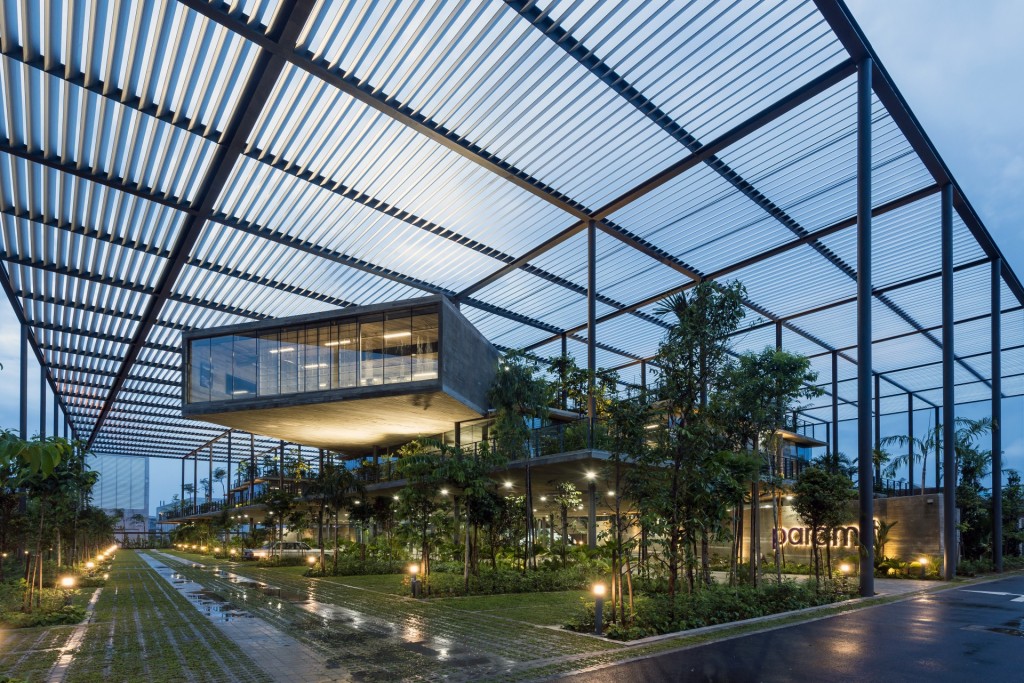
Paramit Malaysia’s forest-concept factory and other green building features are a boost to staff productivity.
Another IEN project showcased was Paramit Malaysia’s factory in Simpang Ampat, Penang. The site was conceived as a man-made forest enclosing over buildings, creating an interplay where nature is the dominant element with which other structures co-exist. Completed in 2016, Reimann said that the 160,000 sq ft factory has an energy efficiency of 45% compared to an ordinary factory. Apart from the biophilic design, it also utilised the chilled slab system, daylighting system, rainwater harvesting and thermal insulation system in the façade, floor and roof.
Reimann said that the biophilic design contributed significantly to better productivity among Paramit’s staff of 600. Citing a post-occupancy survey, staff members have attributed the lush greenery to better motivation at work, less prone to falling sick, higher productivity and longer staff retention. In addition, the utilisation of a daylight system to replace or complement electric lighting has resulted in a cooler indoor environment.
“A well-designed green building with a daylight system that brings in just the right amount of diffused soft daylight, is actually cooler than a building lit with electric lighting. Moreover, people prefer to work in daylit buildings, insofar the spaces are designed to be glare-free and without excessive amounts of daylight. We always design daylit buildings using only the diffuse light from the sky/clouds while blocking all the direct sunlight. At Paramit, the whole factory production hall has daylight and views out, in stark contrast to most other factories,” he said.
In the long run, Reimann argued that green buildings will prove to be the cheapest to operate, and this will become more evident when the subsidy for energy is gradually reduced. With the passing of the Energy Efficiency and Conservation Act 2023 last October, mandating large energy consumers such as offices and companies to implement energy audits and conservation programmes, Reimann said having green buildings will become even more necessary.
“It is expensive not to go green. Once all benefits are factored in, such as providing a healthy and conducive indoor environment for the building occupants, the payback time typically drops to below one year.
“The challenge is to raise awareness about the benefit of green buildings and to put legislation and economic incentives in place that make green buildings the natural choice, both for new construction and for retrofits.
“We need to raise awareness and put in place economic incentives, so going green becomes the natural choice in the building sector,” he said.

With the passing of the Energy Efficiency and Conservation Act, green buildings are becoming more necessary, said Reimann.
Stay ahead of the crowd and enjoy fresh insights on real estate, property development, and lifestyle trends when you subscribe to our newsletter and follow us on social media.

